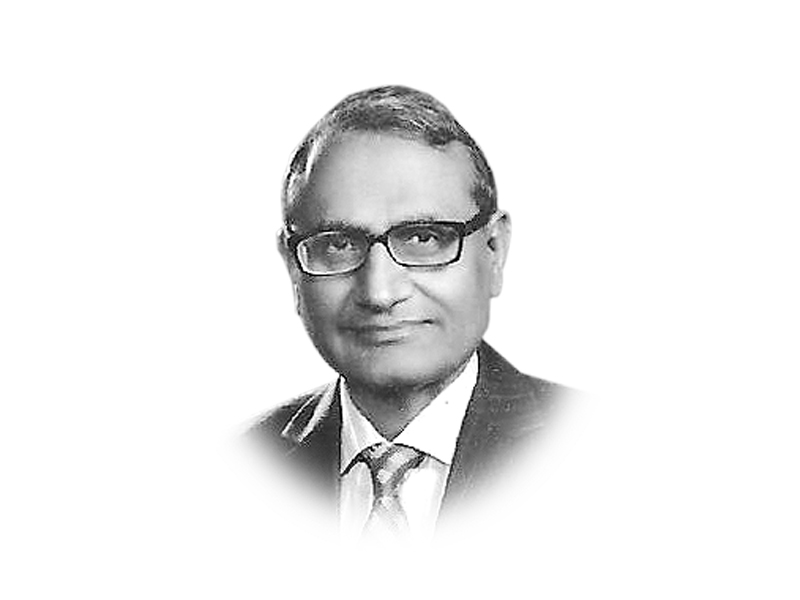
Needless to say, the GDP growth has to be twice the rate achieved to make a difference to the unemployment rate, which, in the second quarter of the current year, has increased to 6.5 per cent from six per cent in the same quarter last year. It will be critical for the newly elected government to accelerate the rate of investment, which has declined in large-scale manufacturing by as much as 22.5 per cent in current market prices. Growth has mainly come from capacity utilisation. An indication of this is that while credit to the private sector has increased significantly, 86 per cent of it is for working capital. The change of the GDP base from 1999-2000 to 2005-06 reveals an anomalous shift in the structure of the economy. In the common development experience, structural change refers to an increasing share of manufacturing and declining share of agriculture. In our case, it is the reverse signaling deindustrialisation. Agriculture is the basis of our time-tested resilience. But the road to high growth and full employment can be taken neither through agriculture nor services. Manufacturing growth is the key.
As real growth maintained a semblance of respectability, especially in agriculture, inflation has also come down substantially. The consumer price index (CPI), the standard measure of inflation rate, stands at 7.8 per cent in the first 10 months of the current year, compared with 10.8 per cent in the corresponding period last year. In fact, the inflation rate of 5.8 per cent in the month of April is already approaching the lower range of the much sought after single-digit. While the Wholesale Price Index and the Sensitive Price Indicator (SPI) are also closely in line with the CPI, a rare happening, the SPI at 7.9 per cent is higher than last year’s tally of 6.7 per cent. In April, the SPI has begun to decline. The reason is that food inflation is coming down faster than the overall inflation. However, prices of wheat and wheat flour rose by more than 15 per cent. With wheat output short of the requirement by half a million tonnes, there may be further increases.
Core inflation has been above the headline inflation since the easing of the monetary policy. The holding action taken by the State Bank of Pakistan last April may have to be repeated to absorb the pressures arising from the excessive public as well as private spending during the elections campaign.
Published in The Express Tribune, May 10th, 2013.
COMMENTS (4)
Comments are moderated and generally will be posted if they are on-topic and not abusive.
For more information, please see our Comments FAQ



1723032398-0/BeFunky-collage-(36)1723032398-0-165x106.webp)








The promises and the feel good vibes in this article are on par with Raja Rental's promises to stop loadshedding.
Huh? Forex reservesAREseriously depleted and are barely sufficient to cover 5 weeks of import. 1 rupee one cent is about what the open market trades have been occurring at. Doomsday or not - that scenario has indeed materialized, so it is unclear why you say such predictions have come to naught. As for IMF that is one of the first calls the new government will have to make.
hmmm, wishful thinking and up-in-the-air analysis. Greater percentage are employed in Pakistan than in u.s. and Canada.. What is all the fess about then?
Very positive news. I hope the next government will make it further better. PTI Inshallah!